New experimental results suggest that sprinkling boron into a tokamak could shield the wall of the fusion vessel and prevent atoms from the wall from getting into the plasma. A new computer modeling framework shows the boron powder may only need to be sprinkled from one location. The experimental results and computer modeling framework will be presented this week at the 66th Annual Meeting of the American Physical Society Division of Plasma Physics in Atlanta.
Tag: tokamaks
Princeton graduate student wins prestigious plasma physics award
Eduardo Rodriguez, a 2022 graduate of the Princeton Program in Plasma Physics hosted by the U.S. Department of Energy’s (DOE) Princeton Plasma Physics Laboratory (PPPL), has won the Marshall N. Rosenbluth Outstanding Doctoral Thesis Award.
New discoveries about the nature of light could improve methods for heating fusion plasma
Scientists have made discoveries about light particles known as photons that could aid the quest for fusion energy.

Using artificial intelligence to speed up and improve the most computationally-intensive aspects of plasma physics in fusion
Researchers at the Department of Energy’s (DOE) Princeton Plasma Physics Laboratory (PPPL) are using artificial intelligence to perfect the design of the vessels surrounding the super-hot plasma, optimize heating methods and maintain stable control of the reaction for increasingly long periods.
Engineers use AI to wrangle fusion power for the grid
A Princeton-led team composed of engineers, physicists, and data scientists from the University and the Princeton Plasma Physics Laboratory (PPPL) have harnessed the power of artificial intelligence to predict — and then avoid — the formation of a specific plasma problem in real time.
PPPL wins three major DOE awards for supercomputing fusion projects
Description of the three PPPL-led SciDAC collaborations that unite fusion scientists and and applied mathematicians to solve complex fusion problems through supercomputing.
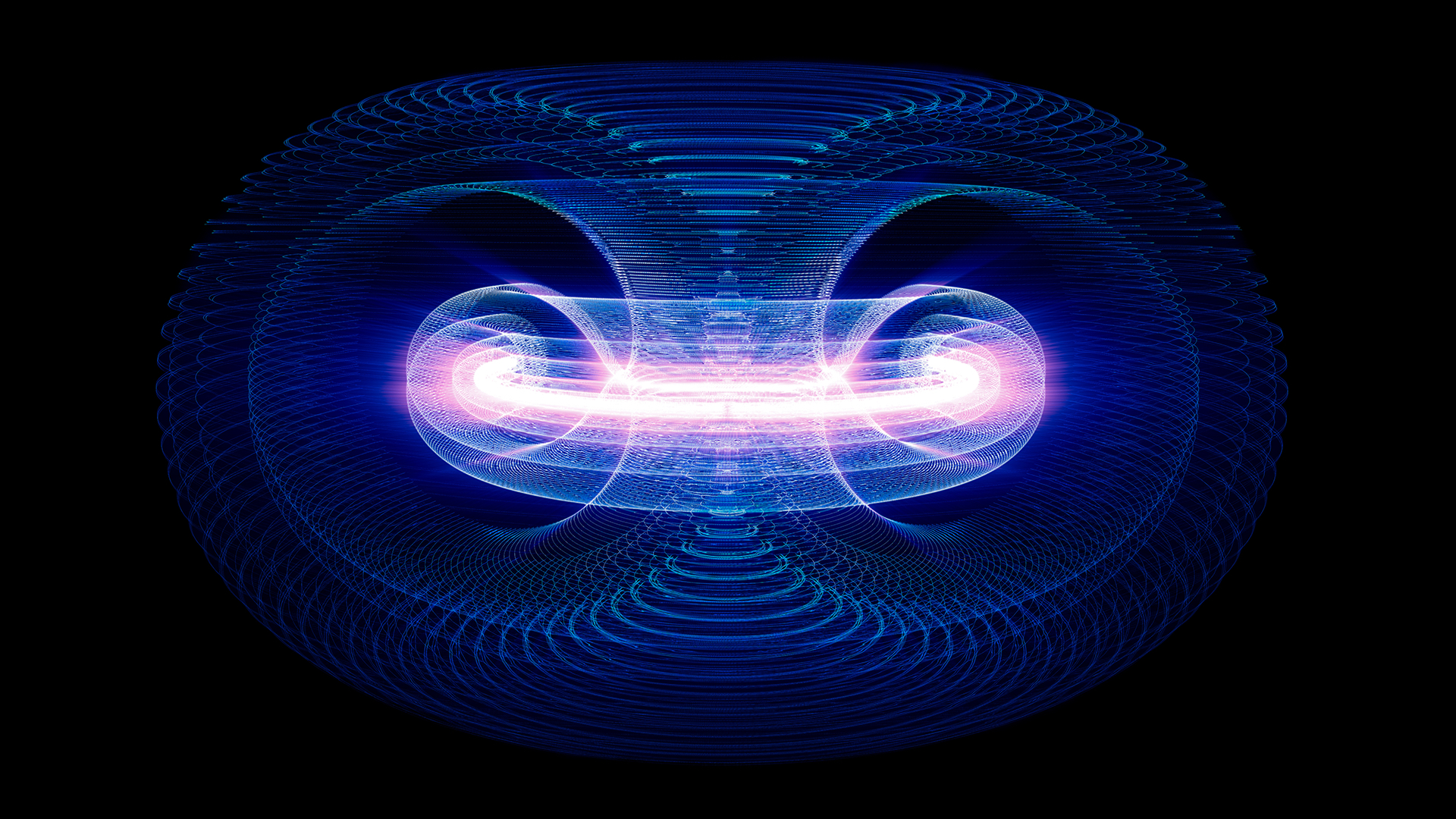
PPPL awarded more than $12 million to speed development of a fusion pilot plant
The U.S. Department of Energy has awarded PPPL funding of more than $12 million to work with laboratories around the world to accelerate the development of a pilot plant powered by the carbon-free fusion energy that drives the sun and stars and can counter climate change.
PPPL in the spotlight: national CBS news program focuses on fusion energy
The U.S. Department of Energy’s Princeton Plasma Physics Laboratory and Steve Cowley, PPPL’s director, were featured on the July 23 “CBS Saturday Morning.”
New feedback system can improve efficiency of fusion reactions
PPPL scientists have refined the use of magnetic fields to improve the performance of doughnut-shaped fusion facilities known as tokamaks. The improved technique protects internal parts from damage by instabilities and allows tokamaks to operate for longer without pausing.
Uncovering a novel way to bring to Earth the energy that powers the sun and stars
PPPL scientists have uncovered critical new details about fusion facilities that use lasers to compress the fuel that produces fusion energy. The new data could help lead to the improved design of future laser facilities that harness the fusion process that drives the sun and stars.
New laboratory-wide organization advances the development of fusion energy science at PPPL
Major overhaul of a collaborative department aims to enhance PPPL’s role as the U.S. national laboratory devoted to the science of fusion energy.
Scientists detect characteristics of the birth of a major challenge to harvesting fusion energy on Earth
Novel camera detects the birth of high-energy runaway electrons, which may lead to determining how to prevent damage caused by the highly energetic particles.
Fusion physicist Roscoe White steps down after a long and fruitful career at PPPL
Article profiles 47-year tenure and ground-breaking contributions of distinguished theoretical physicist.
Scientists develop a new tool for measuring radio waves in fusion plasmas
PPPL scientists have developed a path-setting way to measure RF waves that could lead to enhanced future experiments aimed at bringing fusion energy to Earth.
Discovery of 10 faces of plasma leads to new insights in fusion and plasma science
Scientists uncover new properties of plasma that have wide potential applications for astrophysical and fusion plasmas.
Researchers poised to deliver key scientific findings in the fast lane
PPPL forges ahead with development of streaming media to provide rapid analysis of key findings of remote fusion experiments.

Renowned physicist steps down from Theory Department leadership at PPPL to devote full time to teaching and research
Physicist Amitava Bhattacharjee steps down as head of the PPPL Theory Department that he has transformed during nine years of leadership.
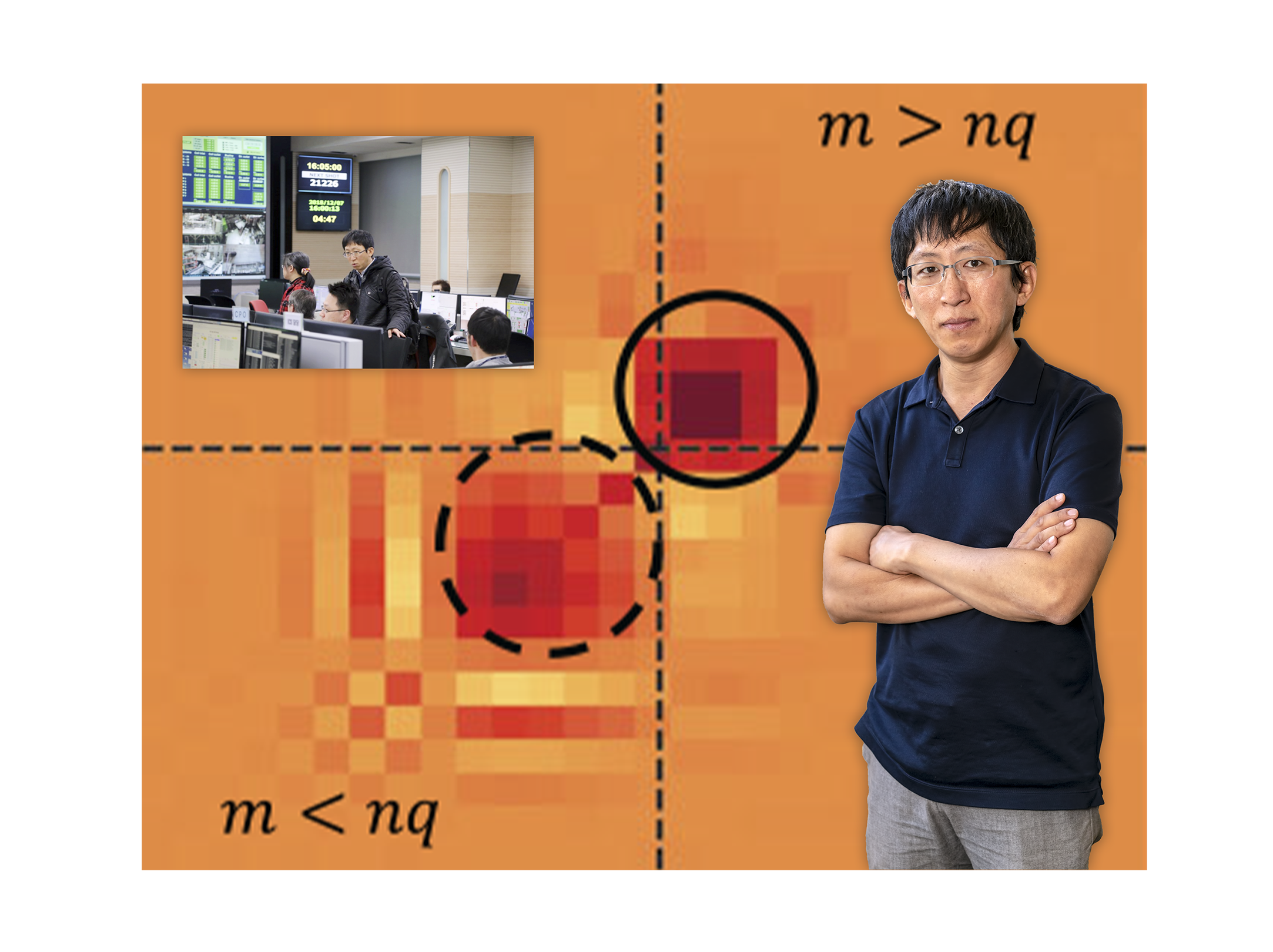
Fooling fusion fuel: How to discipline unruly plasma
PPPL scientists have developed a type of deception to calm unruly plasma and accelerate the harvesting on Earth of fusion energy.
Found: A fast and accurate way to optimize fusion energy devices
PPPL develops a model once thought to be impossible for delivering radio waves to heat tokamak plasmas.
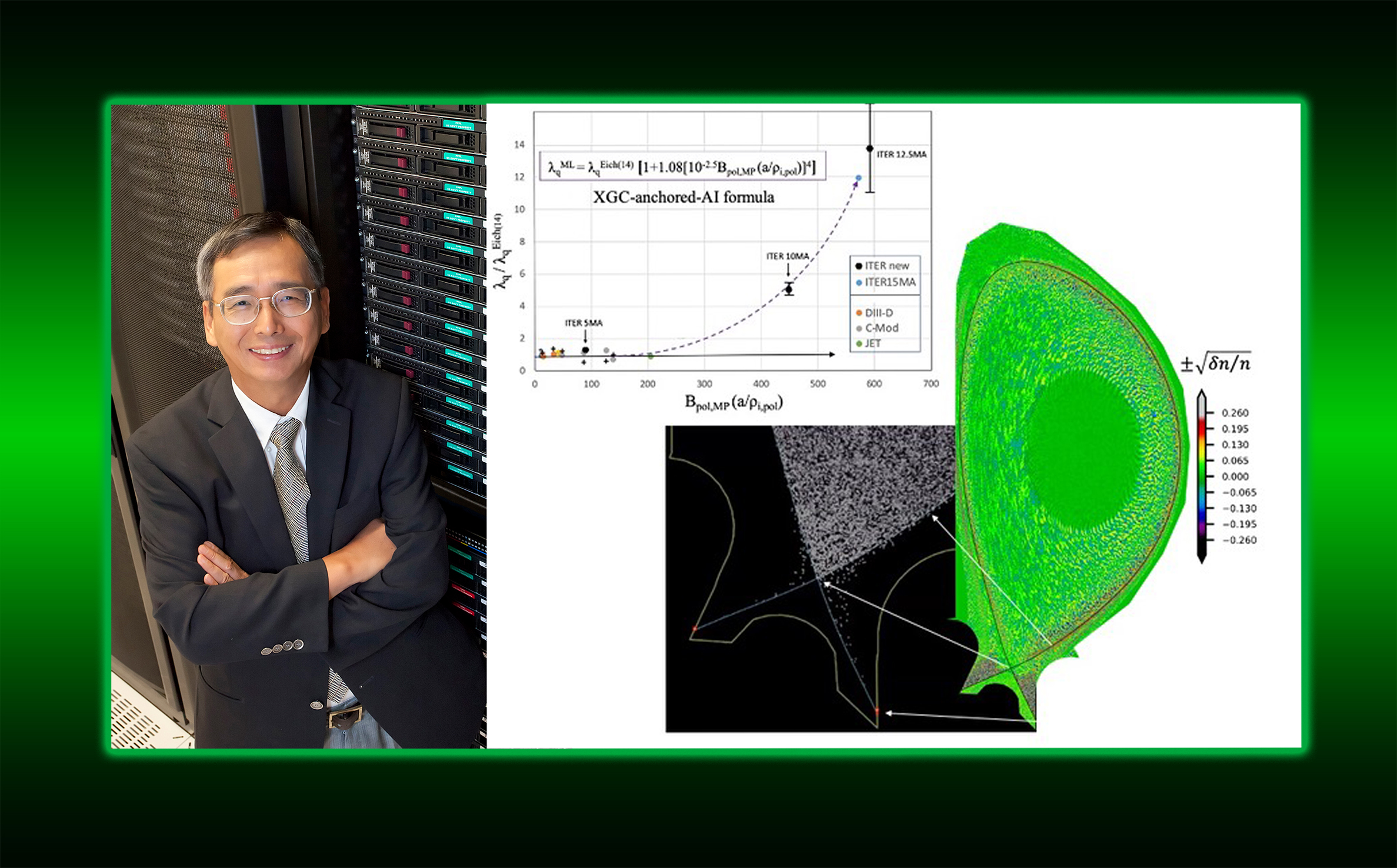
Extreme-scale computing and AI help forecast a promising outlook for divertor heat-loads in next-step fusion reactors
New computer simulation forecasts a surprisingly optimistic heat load for future fusion facilities designed to harvest on Earth the fusion that powers the sun and stars to generate electricity.

Scientists propose lithium to cope with high-risk condition in future fusion facilities
PPPL scientists have created a plan using liquid lithium to keep the full force of extreme and potentially damaging heat from hitting the divertor region that will release heat from future tokamak fusion facilities.

Team led by PPPL physicist wins major supercomputer time to help develop fusion energy
Article describes allotment of supercomputer hours through the U.S. Department of Energy’s INCITE program to enable PPPL-led team to extend its previous INCITE work into areas of critical interest for next-step fusion facilities.
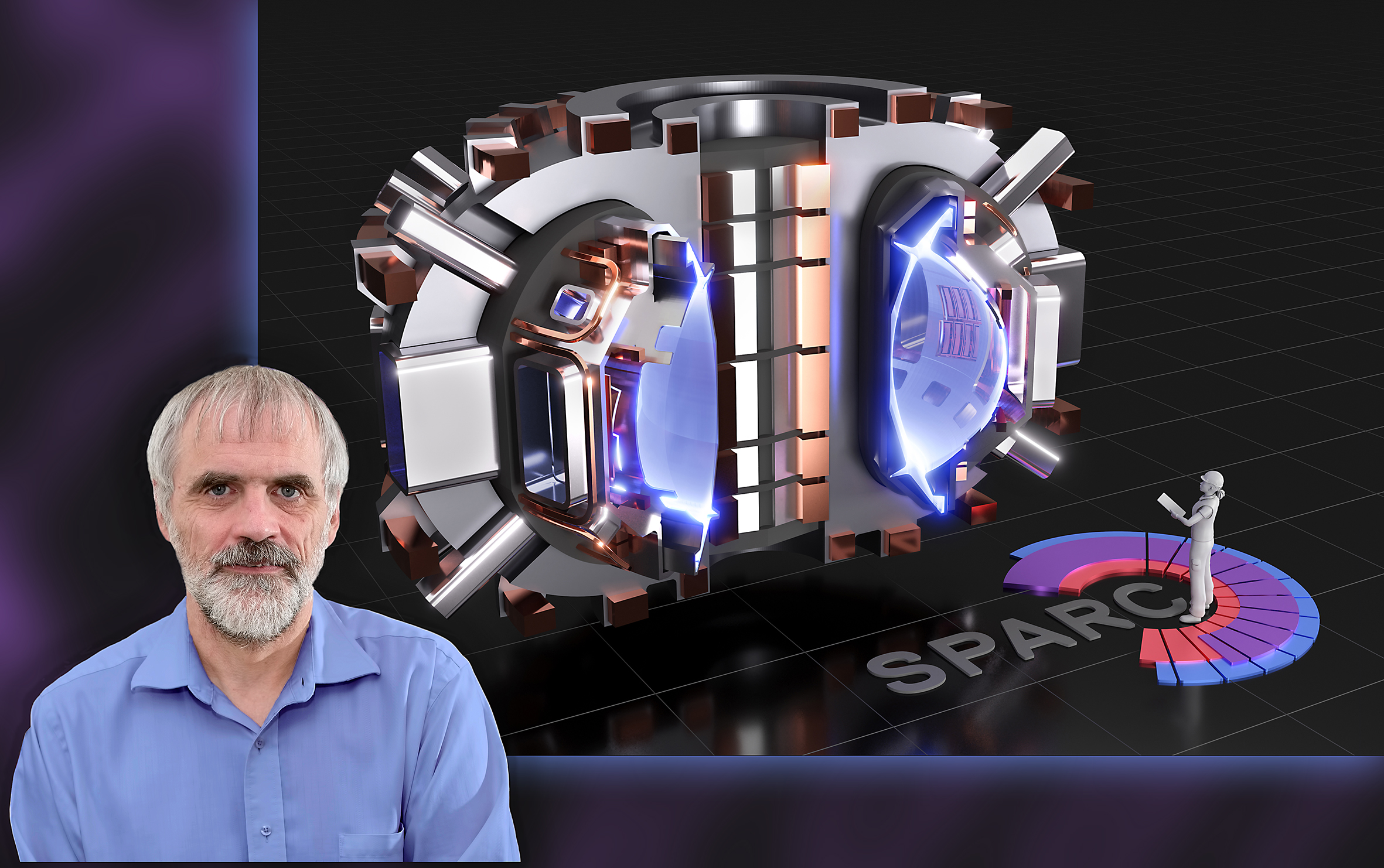
Scientists collaborate on public-private partnership to facilitate the development of commercial fusion energy
Article describes PPPL work in coordination with MIT’s Plasma Science and Fusion Center and Commonwealth Fusion Systems, a start-up spun out of MIT that is developing a unique tokamak fusion device called “SPARC.”
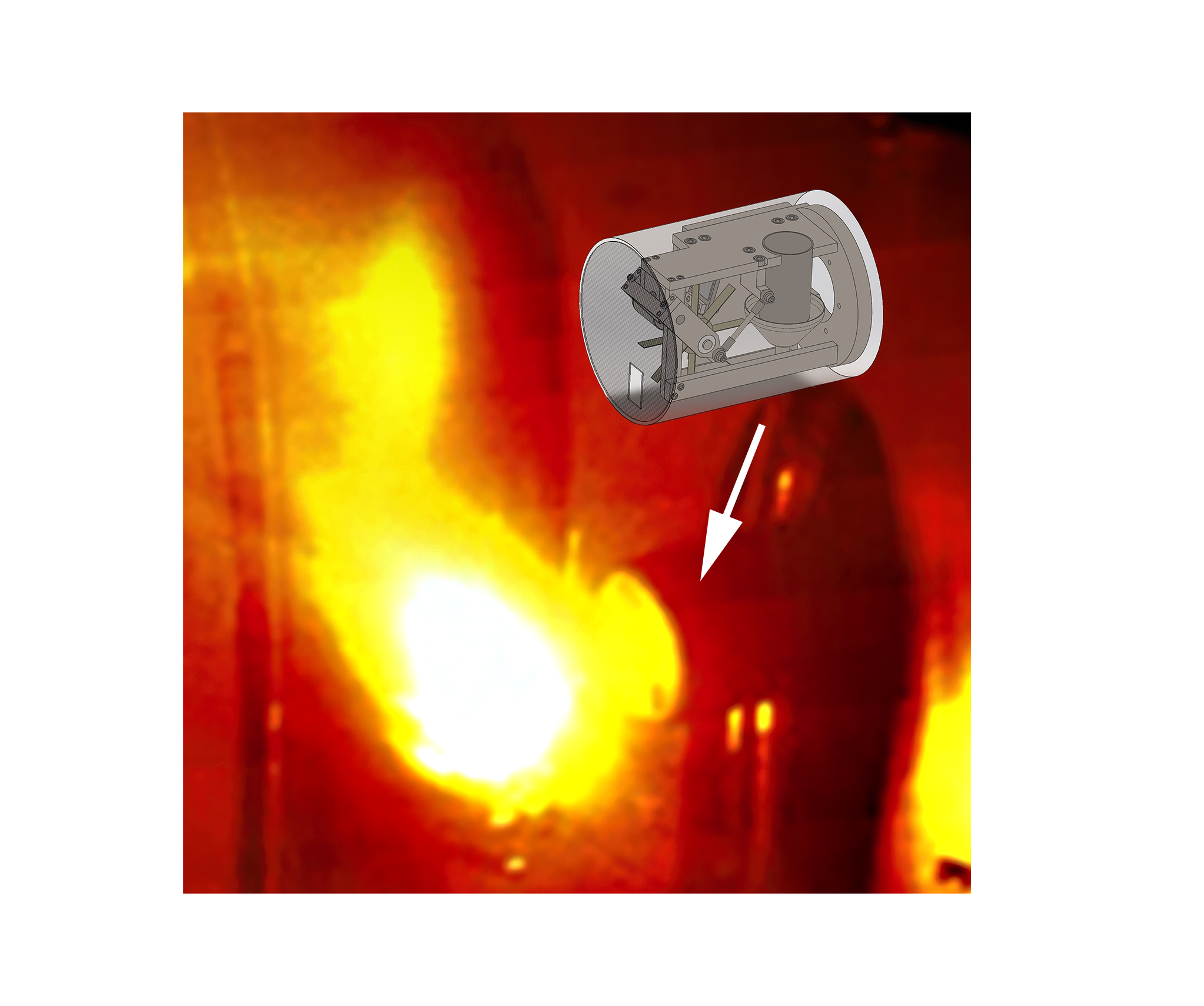
PPPL presents discoveries and plays a prominent role at global physics gathering
Article describes PPPL’s discoveries and prominent role in the 62nd American Physical Society-Department of Plasma Physics annual meeting.
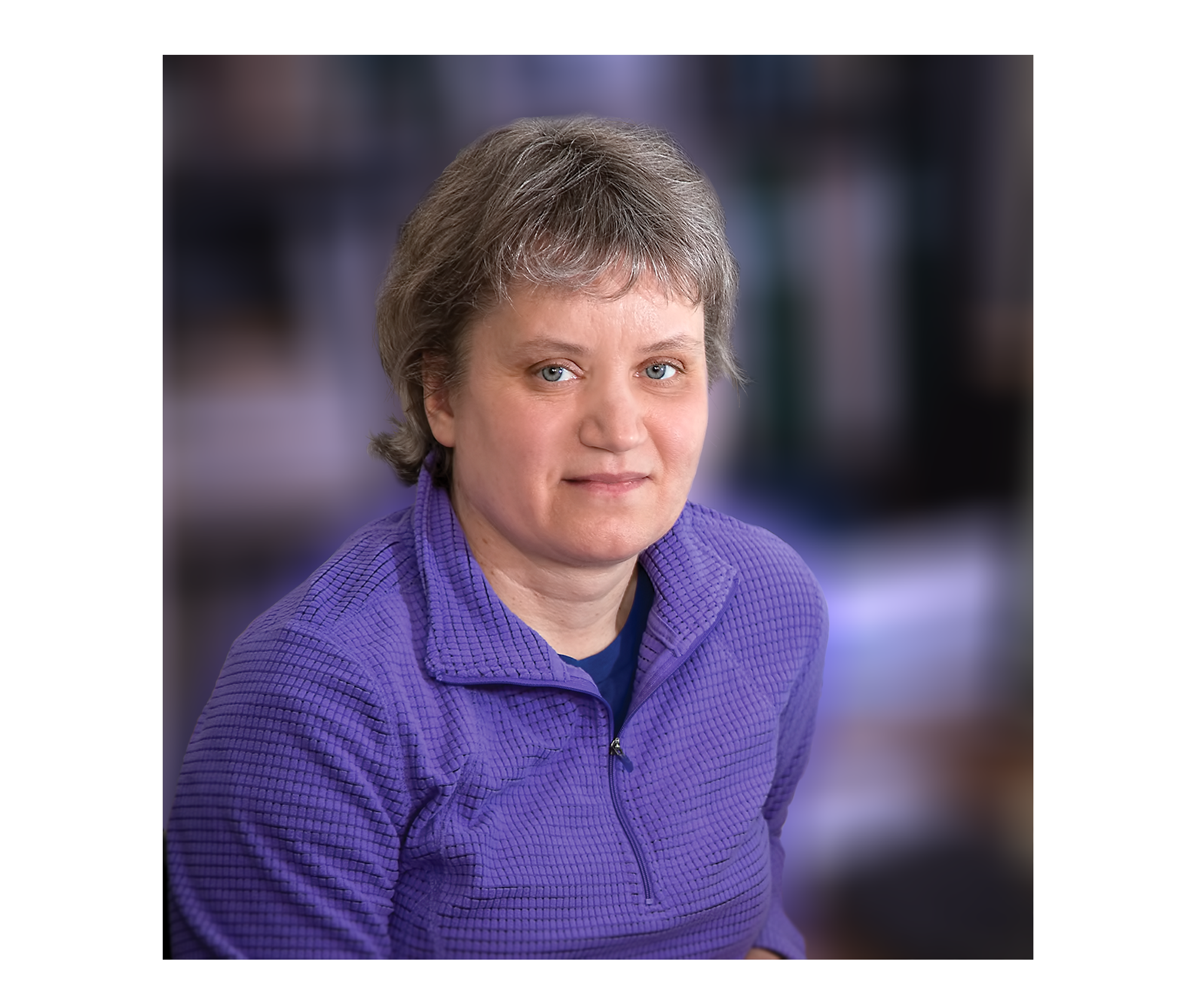
Path-setting theoretical physicist Elena Belova elected an APS Fellow
Profile of PPPL physicist Elena Belova, a pioneer in developing hybrid simulation codes in fusion and space plasmas, who has been elected a Fellow of the American Physical Society.
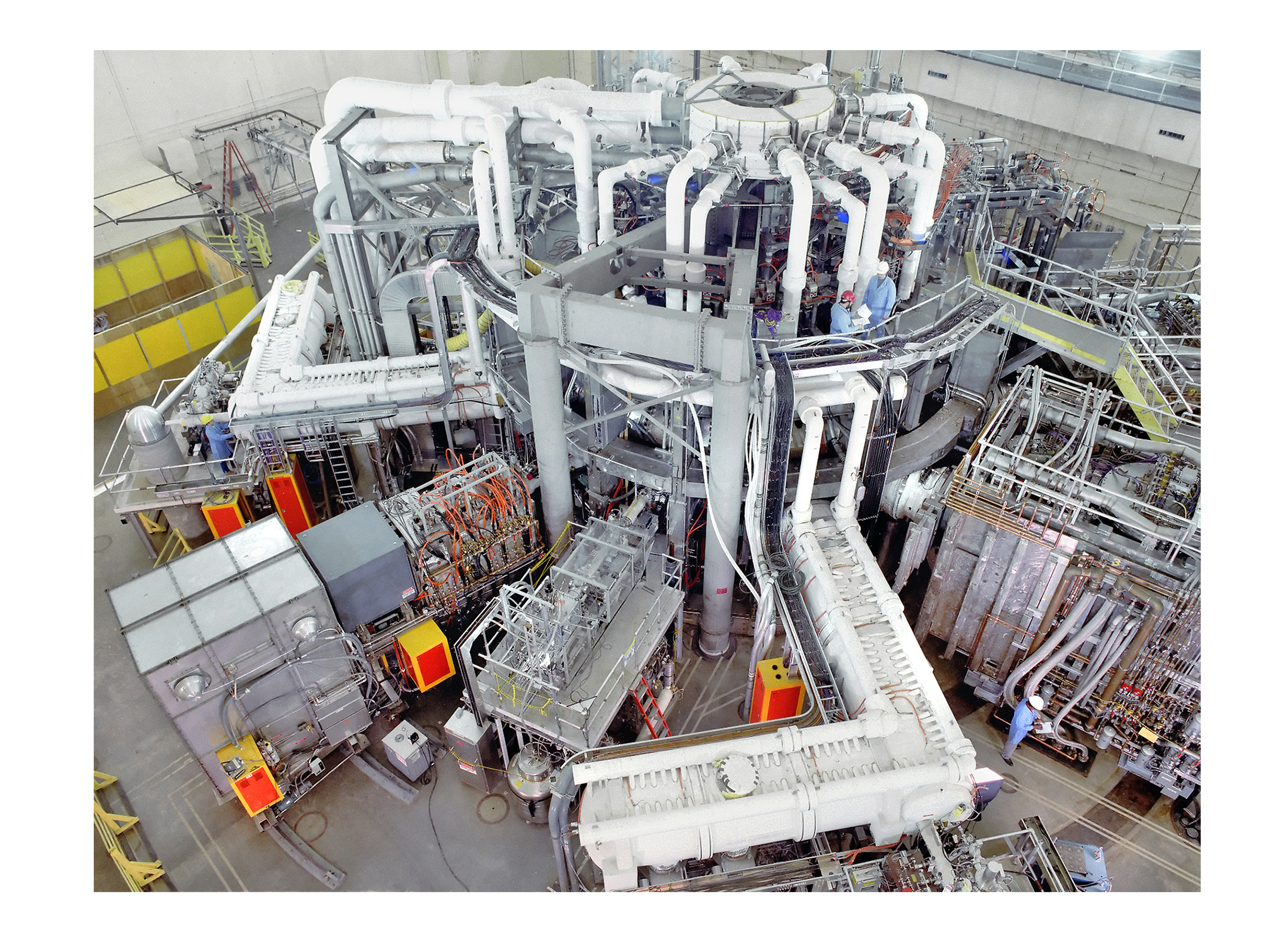
The American Nuclear Society designates the groundbreaking Tokamak Fusion Test Reactor a Nuclear Historic Landmark
The record-setting PPPL tokamak that laid the foundation for future fusion power plants receives the distinguished landmark designation from the the American Nuclear Society.
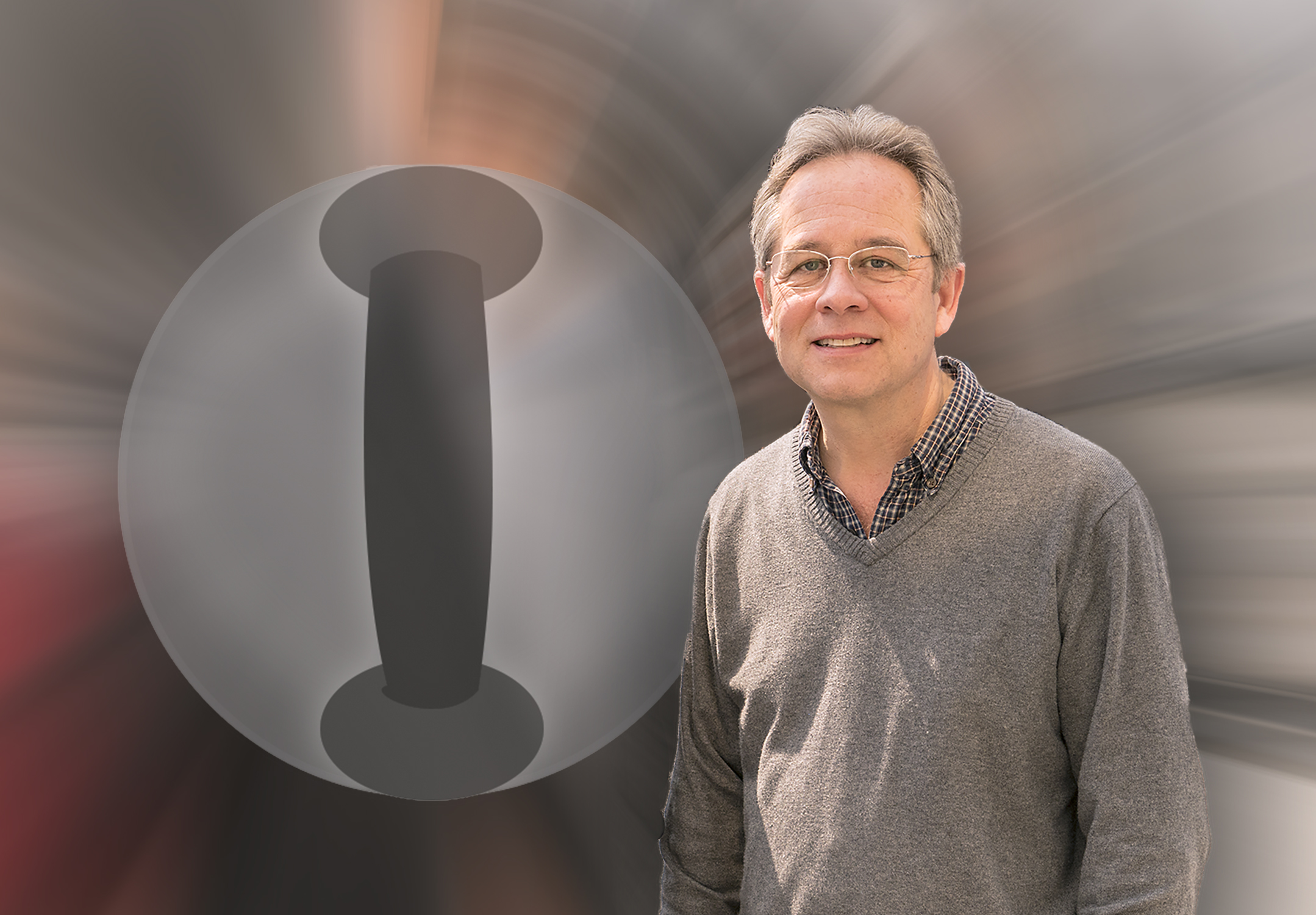
DOE provides $21 million to advance diagnostics on the flagship fusion facility at PPPL
New funding will upgrade key diagnostics on the National Spherical Tokamak Experiment-Upgrade, the flagship facility at PPPL.

New public-private projects to speed fusion energy production come to PPPL
Two new fusion companies will work with PPPL to model their development concepts under the INFUSE program.

Egemen Kolemen wins 2020 Excellence in Fusion Engineering Award
Egemen Kolemen, Princeton University assistant professor and PPPL physicist, wins prestigious Fusion Power Associates award.

New findings could help scientists tame damaging heat bursts in fusion reactors
Physicists at PPPL discover a new trigger for edge localized modes (ELMs) — instabilities that can halt fusion reactions and damage the tokamaks that house such reactions.
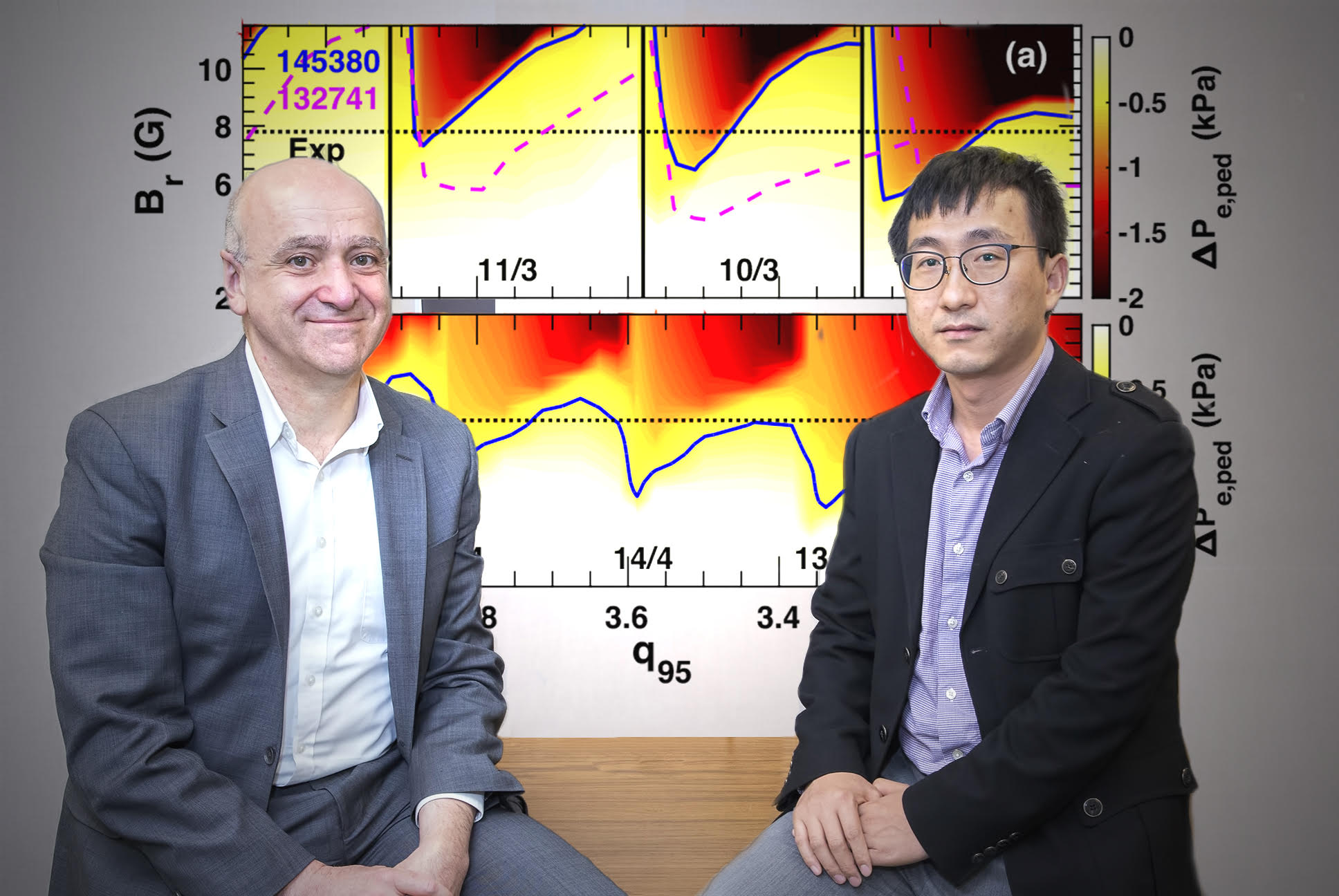
Scientists propose method for eliminating damaging heat bursts in fusion device
Researchers discover a technique for widening the windows of plasma current to enhance suppression of edge localized modes (ELMs) that can damage tokamak facilities.

Scientists propose a novel method for controlling fusion reactions
Researchers at the DOE’s Princeton Plasma Physics Laboratory have developed a pulsed method for stabilizing magnetic islands that can cause disruptions in fusion plasmas.
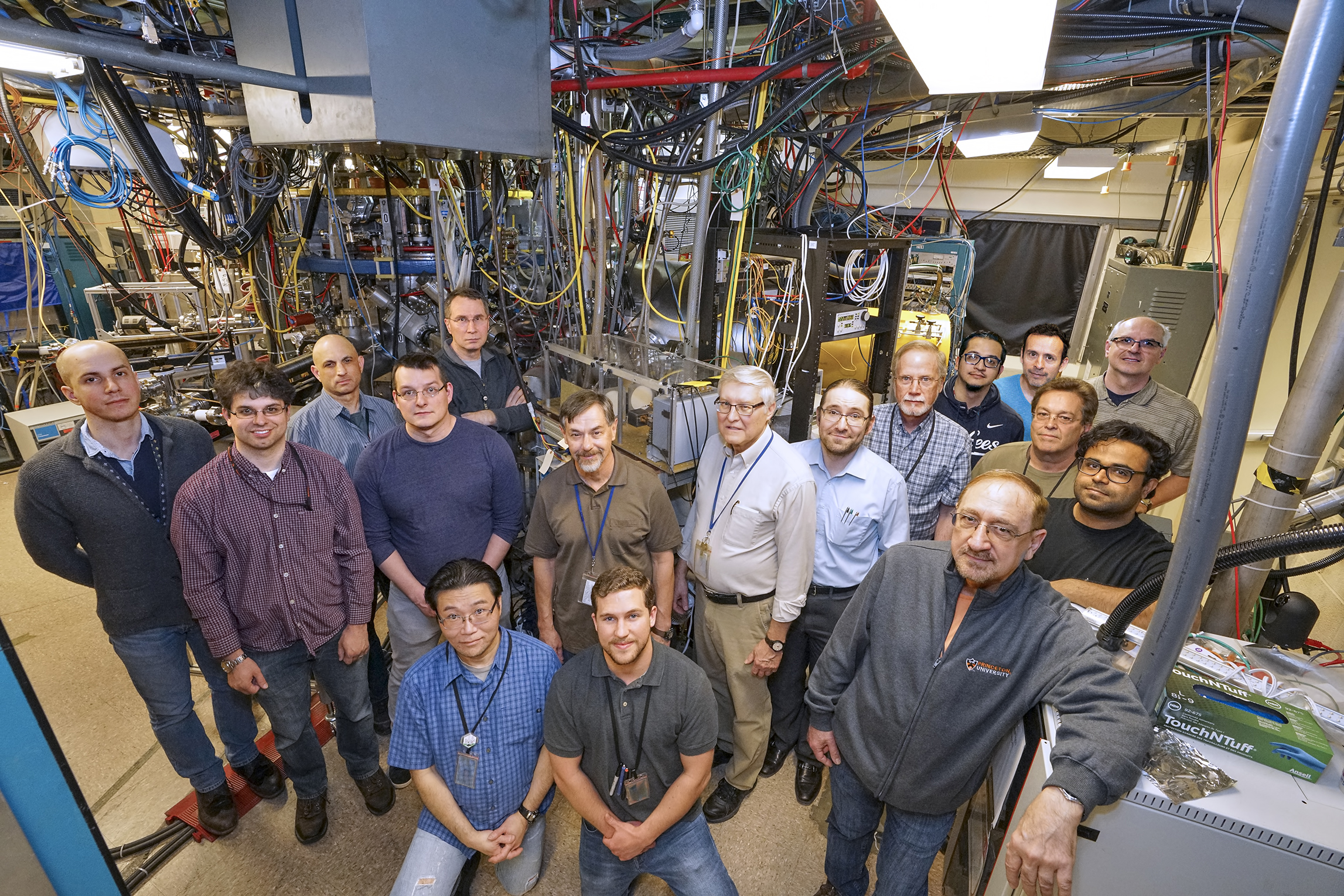
First results of an upgraded experiment highlight the value of lithium for the creation of fusion energy
Initial results of the Lithium Tokamak Experiment-Beta (LTX-β) at PPPL show that the enhancements significantly improve performance of the plasma that will fuel future fusion reactors.

Quest, PPPL’s annual research magazine, reports breakthroughs and discoveries during the past year
News release announcing online publication of the research magazine Quest.

Lehigh University graduate student wins DOE award to conduct thesis research at PPPL
Article profiles Vincent Graber, his research interests and thesis plans.
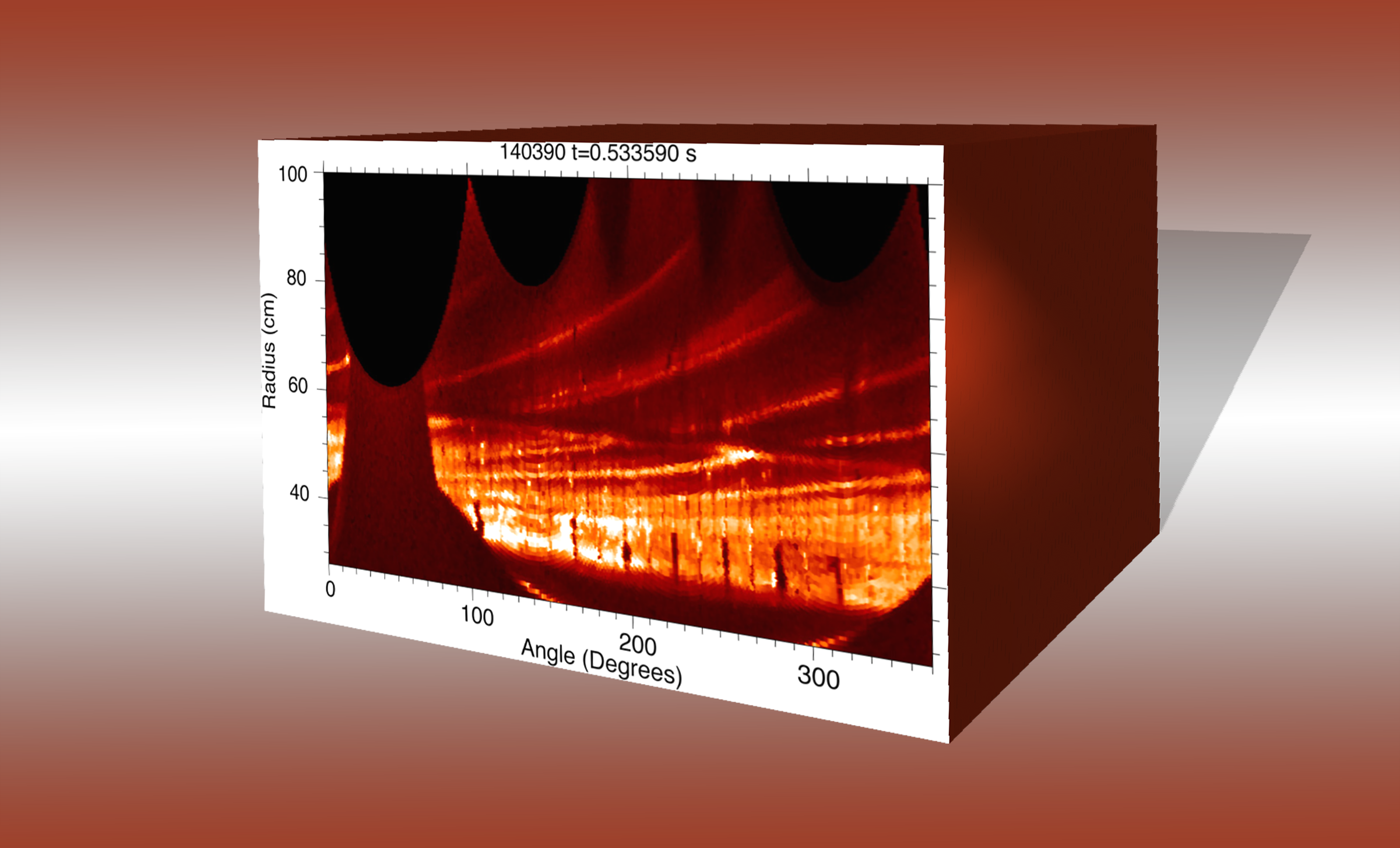
Return of the Blob: Scientists find surprising link to troublesome turbulence at the edge of fusion plasmas
Correlation discovered between magnetic turbulence in fusion plasmas and troublesome blobs at the plasma edge.

New insights into the dynamic edge of fusion plasmas could help capture the power that drives the sun and stars
Unique PPPL simulations reveal new understanding of the highly complex edge of fusion plasmas.
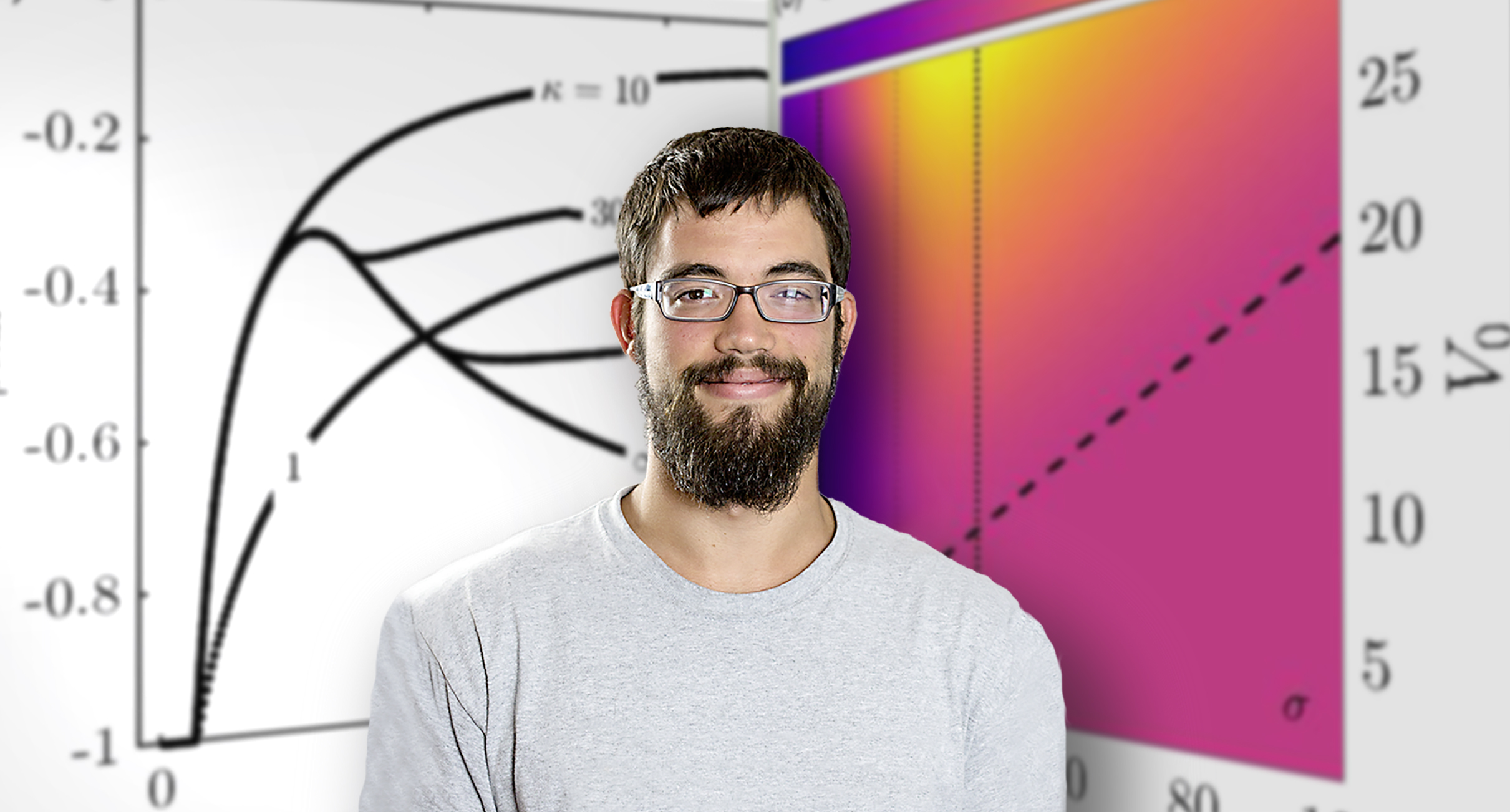
Scientists explore the power of radio waves to help control fusion reactions
New research points to improved control of troublesome magnetic islands in future fusion facilities.
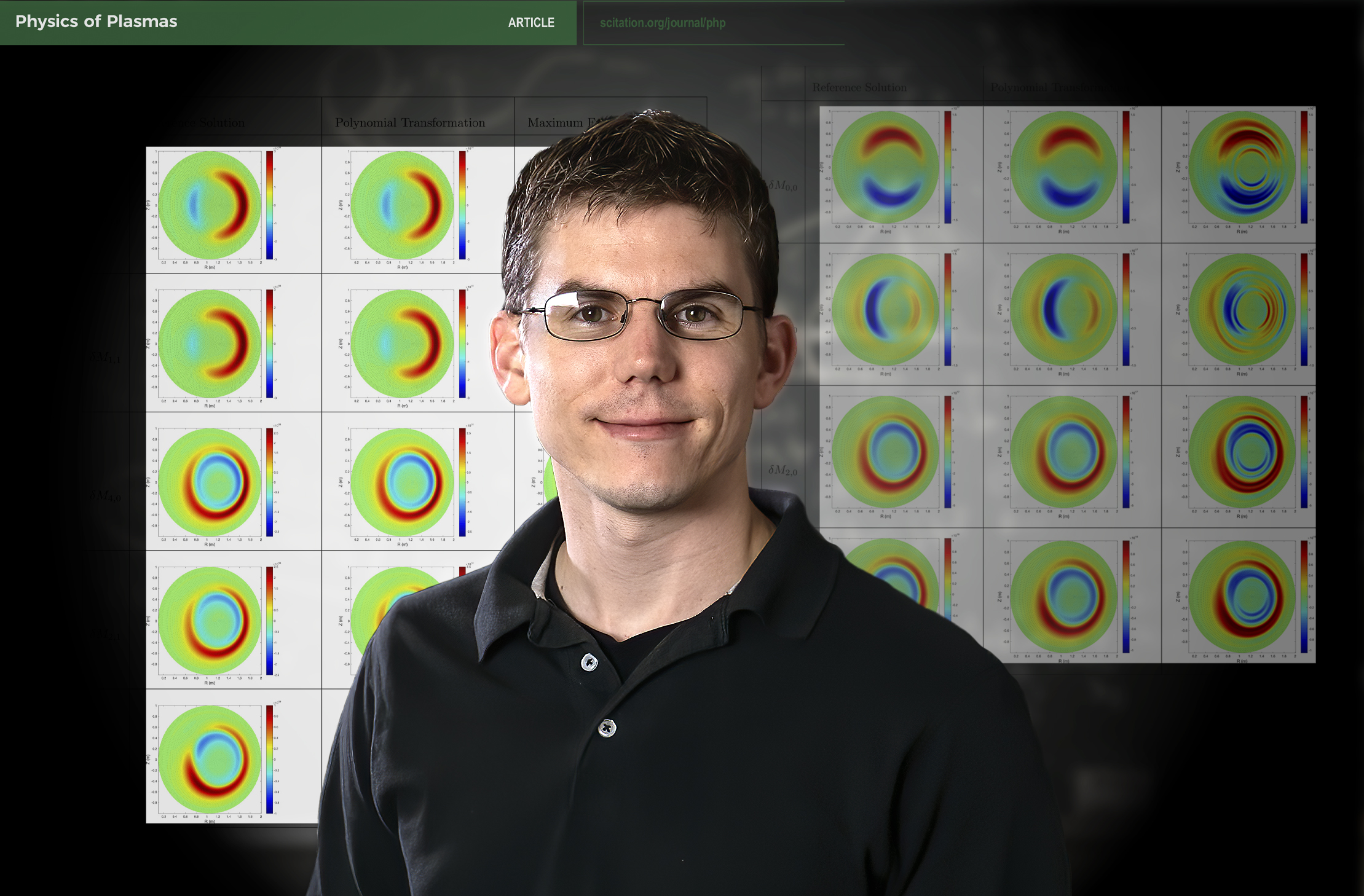
Applying mathematics to accelerate predictions for capturing fusion energy to predict the behavior of fusion plasma
PPPL scientists have borrowed a technique from applied mathematics to rapidly predict the behavior of fusion plasma at a much-reduced computational cost.

Kat Royston: Finding excitement in nuclear physics
As a teenager, Kat Royston discovered that physics could give her answers to her questions about the ways the world works. Now, as a researcher in ORNL’s Reactor and Nuclear Systems Division, she works on unraveling the mysteries of fission and fusion around the world – including research for the ITER and JET fusion experiments.

A new explanation for sudden collapses of heat in plasmas can help create fusion energy on Earth
PPPL researchers find that jumbled magnetic fields in the core of fusion plasmas can cause the entire plasma discharge to suddenly collapse.
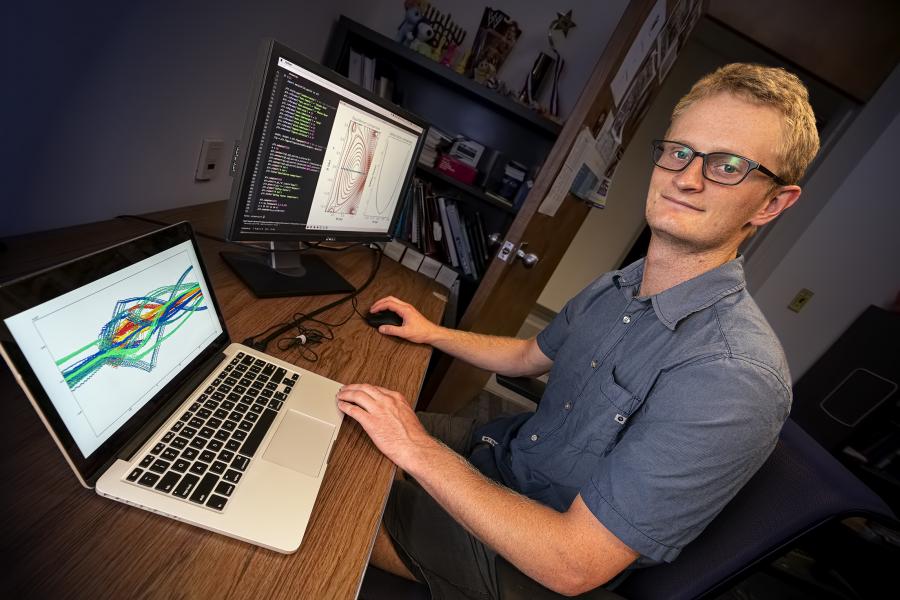
Feeding fusion: hydrogen ice pellets prove effective for fueling fusion plasmas
Injecting pellets of hydrogen ice rather than puffing hydrogen gas improves fusion performance. Studies by PPPL and ORNL physicists compared the two methods on the DIII-D National Fusion Facility, looking ahead to the injection fueling planned for ITER.
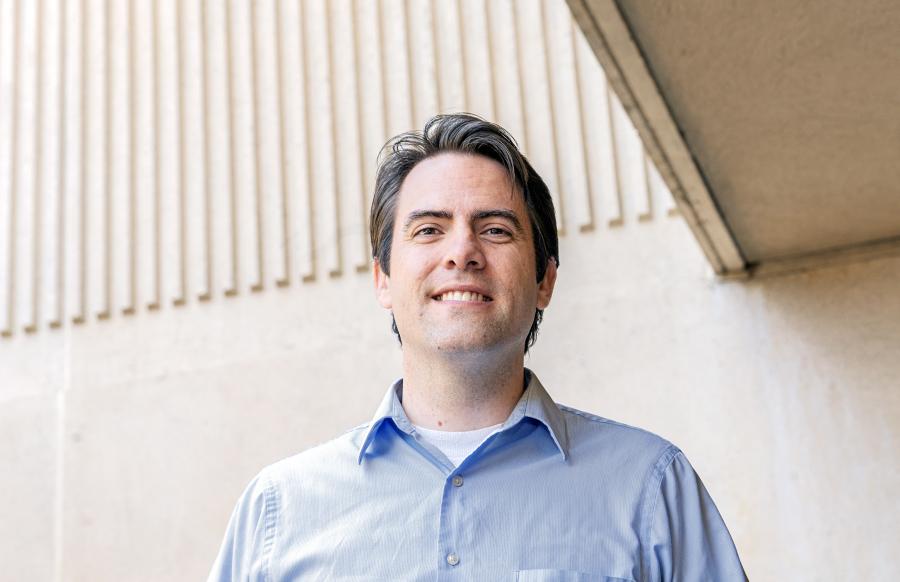
New twist in artificial intelligence could enhance the prediction of fusion disruptions
New application of deep learning allows prediction of disruptions from raw, high-resolution data from fusion energy experiments.
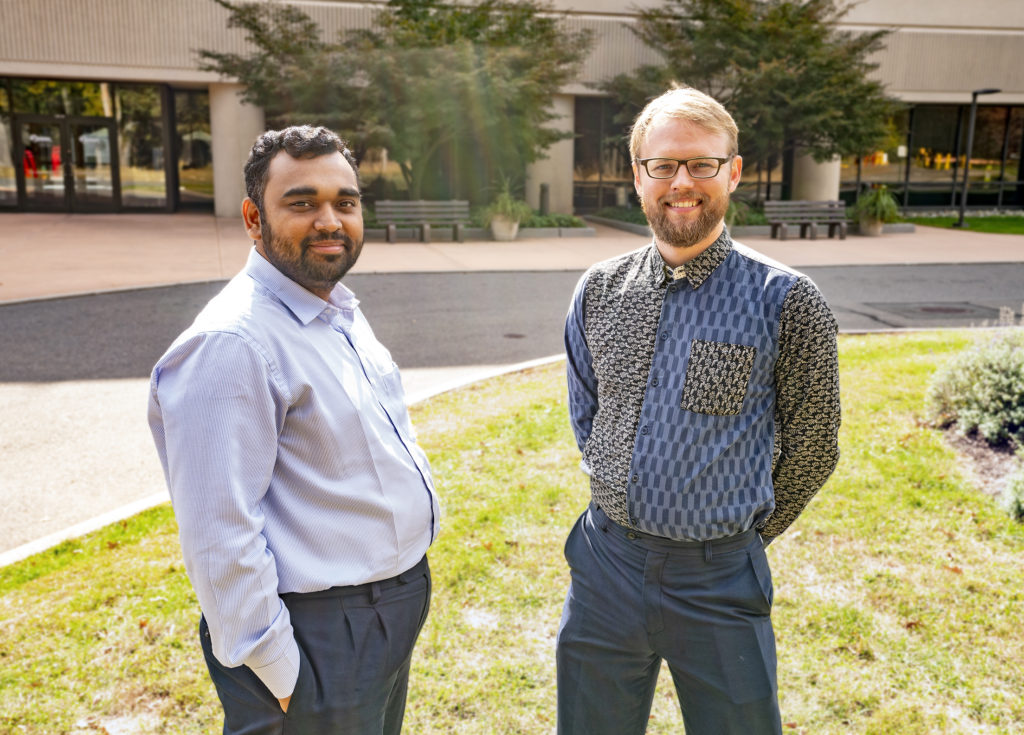
International honors for PPPL post-doctoral fellows helping to bring a star to earth
Profile of PPPL’s Chris Smiet and Rupak Mukherjee and the post-doctoral honors they have won.

Staircase to the stars: Turbulence in fusion plasmas may not be all bad
Surprise discovery shows that turbulence at the edge of the plasma may facilitate production of fusion energy.
A Trojan Horse for Fusion Disruptions
Thin-walled diamond shells carry payloads of boron dust; the dust mitigates destructive plasma disruptions in fusion confinement systems. The Science To put the energy-producing power of a star to work, researchers create and contain plasma—the ultra-hot gas that makes up…